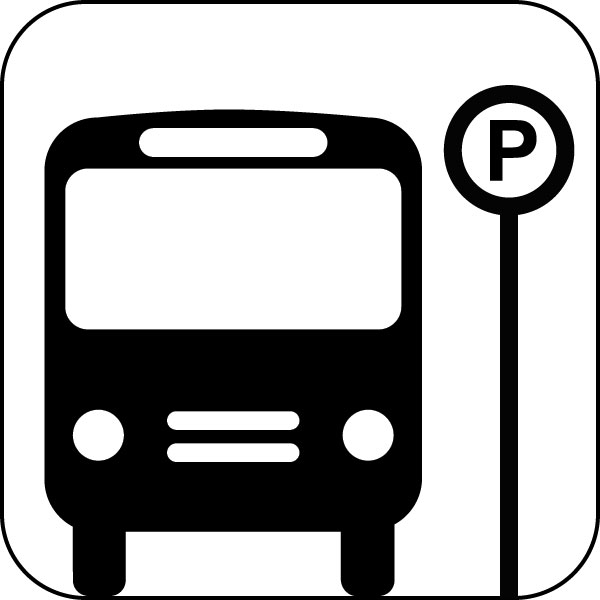Chicago ranks sixth in public transit in general but 53d out of the 100 largest US metropolitan areas in labor market access, with only 22.8 percent of residents able to reach their jobs using public transit in 90 minutes or less, according to a Brookings Institution study, which accounts for especially high unemployment in underserved neighborhoods.
Citizens Taking Action for advancement of public transit
Next monthly meeting on
Monday, June 8th, fro 7-9:00 PM
Powell's Bookstore, Roosevelt and Halsted
Public transportation can be a ride out of poverty
By Rosabeth Moss Kanter May 26, 2015
The Boston Globe
When policy makers talk about solutions to inequality, they usually focus on education and jobs. But this conversation largely ignores the need for improved transportation infrastructure to provide access to these jobs and schools. Through better transportation, American cities can provide opportunities for millions to escape poverty. Yet infrastructure improvement wanes, with Washington unable to do anything despite bipartisan support.
Public transit can be a ride out of poverty. The cities identified by Raj Chetty, an economics professor at Harvard University, as having the highest chances for a person moving from the bottom fifth to the top fifth of income across generations are the cities ranked as having the best public transportation, as my research found. Five of the top ten cities for physical mobility — New York, San Francisco, Boston, Washington, D.C., and Seattle — are also in the top ten for social mobility. Of course many other factors are at play, but good public transportation is among them.
Access is the ticket. People from neighborhoods that lack reliable transportation are stuck and can’t find opportunity. For example, Chicago ranks sixth in public transit in general but 53d out of the 100 largest US metropolitan areas in labor market access, with only 22.8 percent of residents able to reach their jobs using public transit in 90 minutes or less, according to a Brookings Institution study, which accounts for especially high unemployment in underserved neighborhoods. In Massachusetts, a survey of Latinos in low-income areas by Northeastern University found that limited public transportation adversely affected finances, job choices, and ability to get to health care appointments.
Fixing pothole-ridden roads and crumbling bridges is essential for a car-centric nation. But to broaden opportunity and address disparities, public transportation is equally, if not more, essential. If we improve infrastructure deficiencies, we will improve inequality in the United States.
Transportation is a big household expense, constituting as much as a fifth of the budget for an average family of four. For those with low incomes, cars are not an option. If it costs hundreds a month to own a car, an $80 monthly transit pass is a better alternative. And if low-income families don’t have credit cards, the new urban bike-sharing systems won’t help. Without mobility, opportunity wanes.
Even in the best cities, a failure to invest in repairs and replacements hampers opportunity. Sometimes buses well past their 20-year useful life are still in service. Subways and light rail with aging infrastructure are vulnerable in crises, as became painfully clear during the shutdown of Boston’s T during severe winter storms this year. My team’s interviews with lower-income transit users in six cities offered a depressing picture of the seamy side of bus systems: drivers who don’t complete routes at night in neighborhoods viewed as dangerous, buses that whiz past students trying to get to high school, and an absence of well-lit bus stops with shelters against bad weather.
Middle-class jobs are also dependent on the state of the transportation system. In a Harvard Business School survey of business leaders, the top action item for improving America’s infrastructure is more and better public transportation. This would help employees get to work on time without stress, since the average American wastes 38 hours per year stuck in traffic.
Every issue that Americans care about — health and safety, family budgets, education choices, air quality, and environmental sustainability — is affected by transportation infrastructure. To address inequality, let’s add transportation to the conversation.
Rosabeth Moss Kanter’s latest book is “MOVE: Putting America’s Infrastructure Back in the Lead.’’ She is a professor at Harvard Business School.



